Asus ZenBook UX32A review - hands-on with the mid-range UltraBook
Asus gave us a brief hands-on with its upcoming mid-range Ultrabook, the ZenBook UX32A, at a London event last night. It’s only a few millimetres thicker than the original Zenbook UX31 , yet Asus thinks it will go on sale later in the year at a very reasonable £800. We took a closer look to see if the company had to cut any corners to bring ultra-portability to the masses.
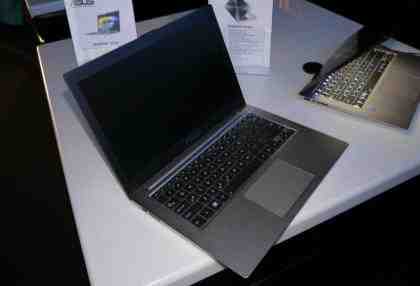
Copying the sharp, angular wedge shape used by the original Zenbook, as well as the same all-metal construction and anodised finish, the UX32A looks every bit the premium product. Asus couldn’t tell us its weight, but it didn’t feel overly heavy and you shouldn’t have any trouble taking it with you on the move.
It still qualifies as an Ultrabook, even with a mechanical hard disk inside, thanks to 24GB of flash storage to speed up boot and resume from sleep times. We’re big fans of this combination, as it means you have plenty of storage space but still get the snappy Windows experience of an SSD. Asus plans on fitting a 500GB hard disk in the UX32A, which should be more than enough for even a sizable media library.
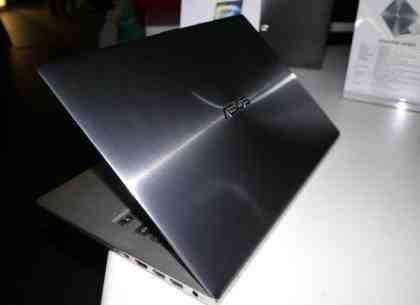
A little extra thickness over Asus' previous Ultrabooks makes room for more connectivity - three USB ports are already generous for an Ultrabook, but Asus has gone one further by making them all faster USB3 variants. HDMI and mini-VGA ports for video, an SD card reader and a 3.5mm combination audio jack complete the connectivity line-up, meaning you won’t miss out by choosing an ultra-portable rather than a regular laptop.
Asus intends to use the same Intel Ivy Bridge Core i5-3317U low-voltage processor Apple has just chosen for its new MacBook Air, as well as 4GB of DDR3 memory inside the UX32A. Unsurprisingly, Intel’s HD 4000 integrated GPU will handle graphics duties, as there’s no room inside the chassis for a dedicated card. This graphics chip should still be capable of playing most games at reasonable levels of detail, as long as you keep the screen resolution at a sensible level.
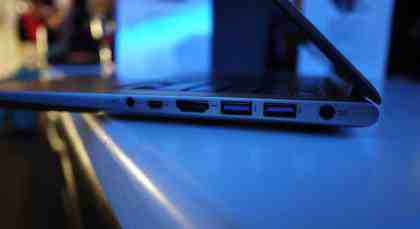
We couldn’t put the 13.3in, 1,600x900 display through its paces, as the model Asus had provided didn’t have a copy of Windows installed, but the high resolution is certainly a step above what we normally see in 13in laptops. If it’s anything like the vibrant screen we saw on the original Zenbook, it could be one of the better displays available for the price.
The large multi-touch touchpad looks mostly unchanged from the UX31, although hopefully it won’t suffer from the same sensitivity issues the initial batch of Zenbooks experienced. What has changed is the keyboard – gone are the metallic keys, replaced with black Chiclet-style ones that are more than reminiscent of the MacBook Air. The entire keyboard tray is backlit, making it easy to work in low light, and each key felt reasonably bouncy when typing.
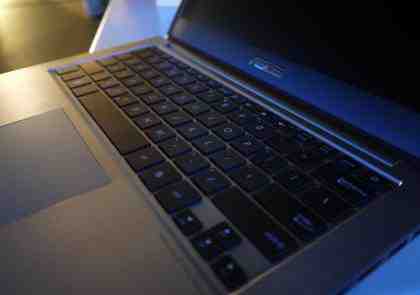
Based on our short time with the UX32A, we’re very keen to see a retail model – unless you break out the tape measure it’s very difficult to spot the differences between it and the original Zenbook, which was easily one of the best first-generation Ultrabooks we tested. Build quality seems top notch and the high resolution screen sets it apart from the competition. With prices expected to start from £800, it could be one of the best mid-range Ultrabooks around. We’ll know for sure once we’ve had time to fully review it in the near future.

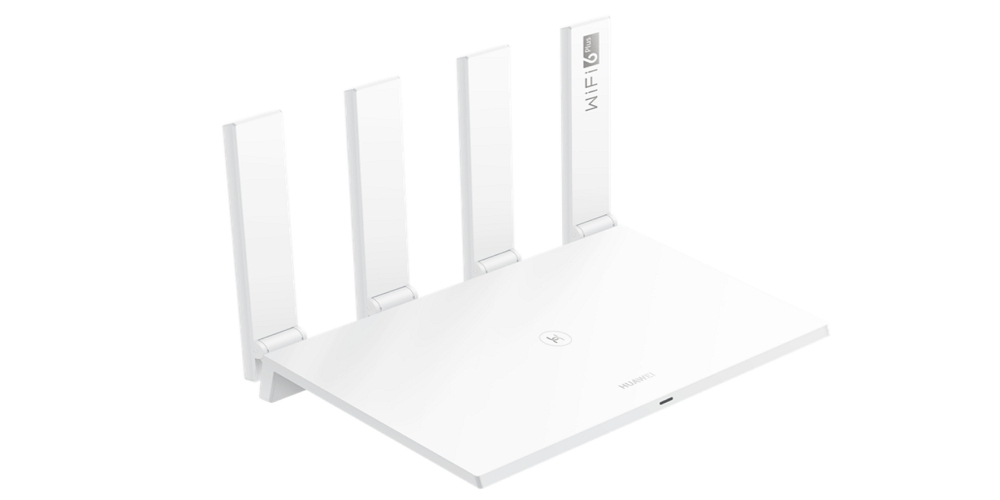
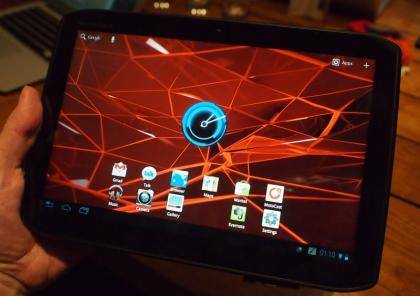
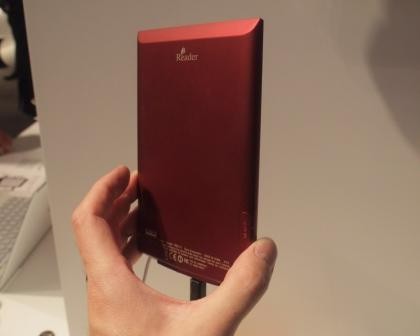
Leave a Comment